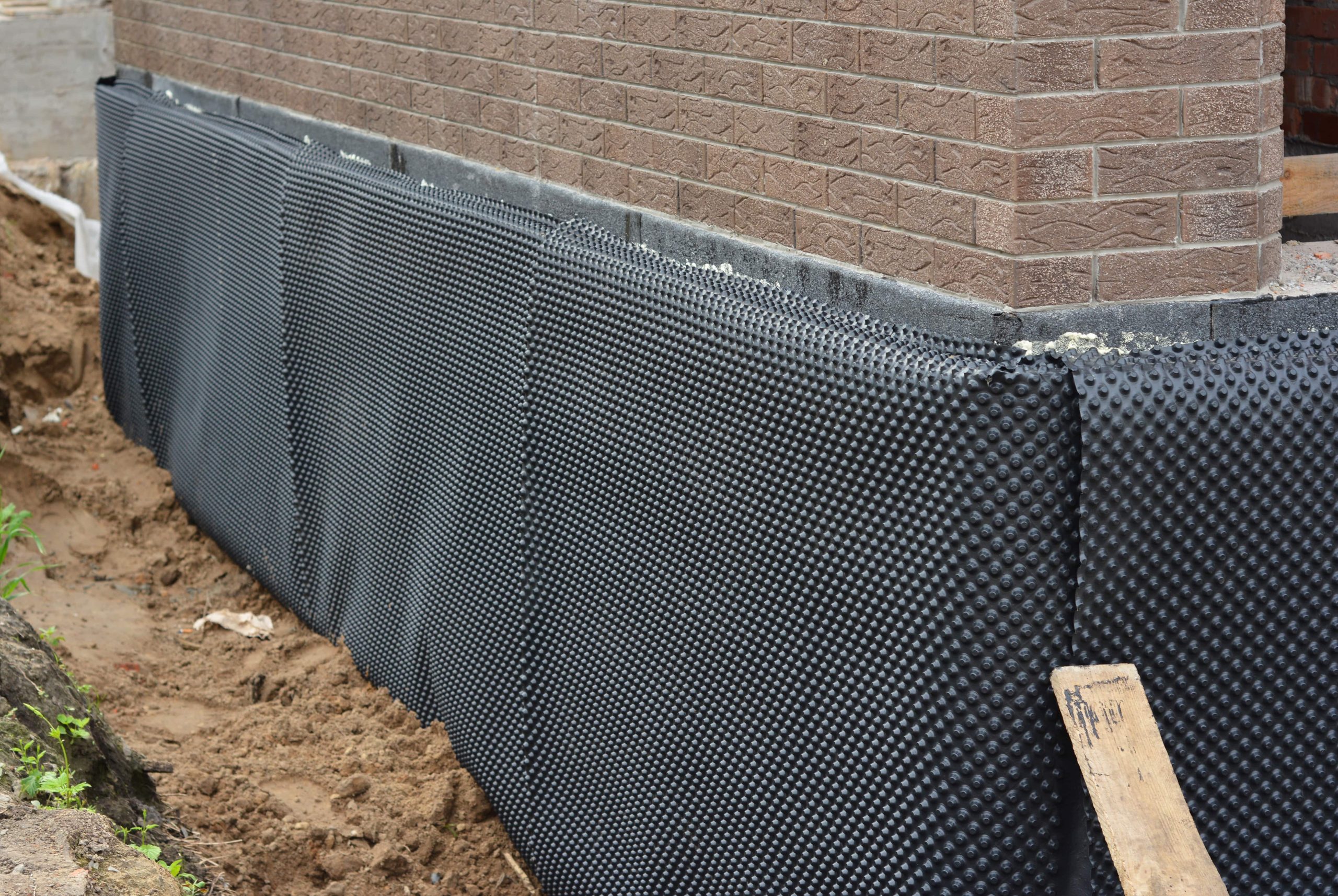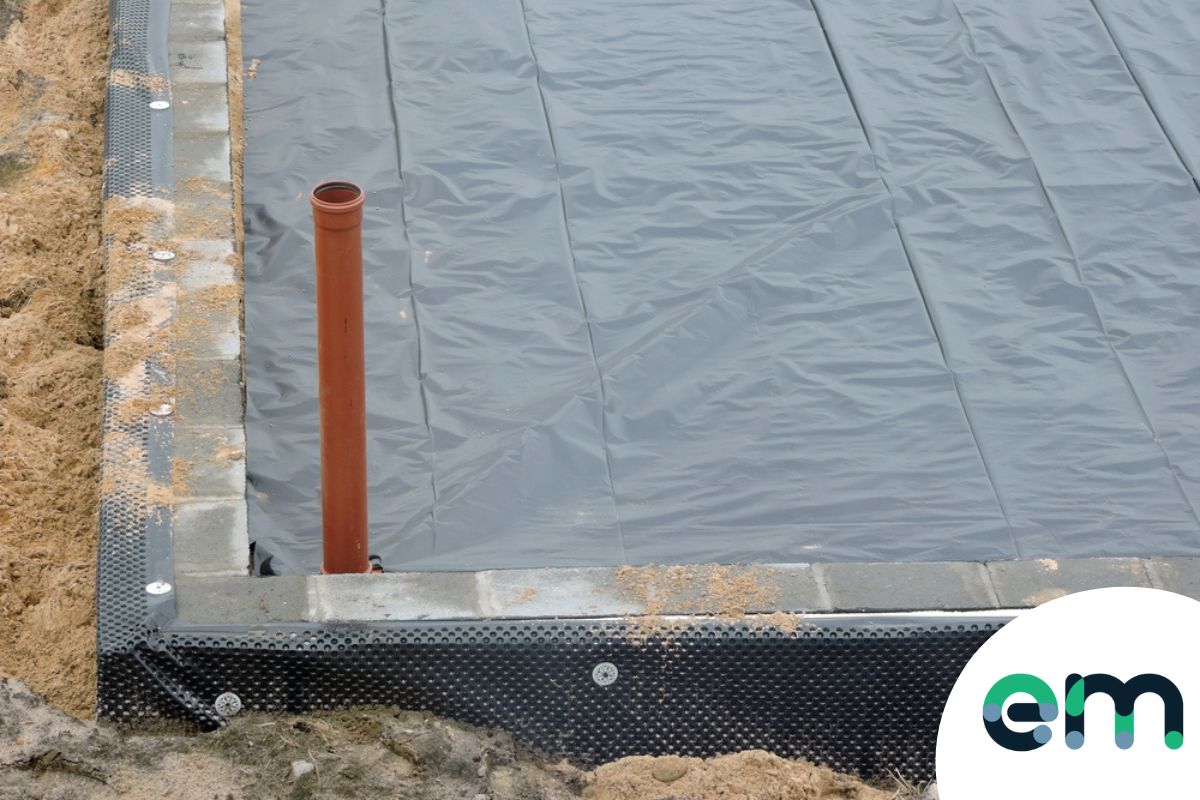Safeguard your foundation with proactive damp removal newcastle
Safeguard your foundation with proactive damp removal newcastle
Blog Article
Discovering the Various Techniques and Solutions for Effective Damp Proofing
Moisture in structures postures considerable difficulties to both architectural honesty and indoor air high quality. Different strategies and remedies have arised to combat this prevalent concern. From conventional damp-proof membrane layers to cutting-edge chemical treatments, each technique offers special benefits. Comprehending these alternatives is vital for effective wetness control. Picking the right service depends on specific building conditions and needs, motivating further exploration into the most effective damp proofing strategies available.
Recognizing the Causes of Wetness
Although wetness can emerge from various sources, recognizing these reasons is essential for effective removal. Typically, dampness stems from three primary resources: increasing moist, passing through moist, and condensation. Rising wet happens when groundwater takes a trip up through permeable products, such as block or rock, usually as a result of an absence of an effective obstacle (mould removal newcastle). Passing through damp is generally brought on by outside variables, consisting of roofing system leakages, defective gutters, or damaged walls, allowing water to infiltrate a property. Condensation, on the other hand, arises from excess dampness in the air, usually intensified by bad air flow and temperature differences, resulting in water beads creating on surfaces. Identifying these underlying problems is essential, as each kind of dampness calls for a tailored method for removal. Correct analysis helps in establishing one of the most efficient remedies, ultimately securing the structural honesty of a building and improving indoor air quality
Traditional Damp-Proof Membranes

Chemical Damp-Proofing Solutions
Chemical damp-proofing remedies provide a cutting-edge method to avoid wetness intrusion in buildings. These approaches normally involve the application of fluid chemicals that penetrate masonry and form a barrier versus rising damp. Frequently used chemicals include silanes, siloxanes, and various other water-repellent representatives that respond with surface area materials to produce a hydrophobic layer.The application procedure generally requires boring openings right into the walls, injecting the chemical service, and allowing it to treat. This method is especially advantageous for older structures where typical damp-proof membranes might be impractical. Chemical damp-proofing can be much less turbulent and more affordable than comprehensive restoration projects.While efficient, these options depend on appropriate application and environmental conditions for peak performance. damp specialist newcastle. Normal upkeep and tracking are crucial to ensure the durability of the damp-proofing therapy. Overall, chemical damp-proofing stands for a functional alternative for guarding structures versus moisture-related damage
Cavity Wall Surface Construction Methods
Cavity wall surface building methods use various benefits, particularly in moisture control and power effectiveness. By incorporating an air void in between two layers of stonework, these walls efficiently minimize water access while improving insulation. This mix not only protects frameworks from dampness yet likewise adds to minimized energy intake.
Benefits of Dental Caries Walls
When thinking about reliable moist proofing techniques, the advantages of dental caries walls stand out plainly. Cavity walls are composed of two separate layers, developing an air gap that properly minimizes moisture penetration. This layout minimizes the danger of wetness, as the outer wall surface acts as a barrier versus rainfall and water ingress. Furthermore, dental caries walls enhance thermal insulation, which adds to energy performance by reducing warm loss. They additionally offer sound insulation, assisting to create a quieter indoor atmosphere. Additionally, the air gap permits for ventilation, which assists in dampness control and reduces the probability of mold and mildew growth. These advantages not only enhance the overall comfort of a building but likewise add to its durability and architectural stability.
Wetness Control Techniques
Effective dampness control methods are important in cavity wall construction to assure long-lasting defense against wetness. One main approach includes the consolidation of weep holes, which help with water drainage from the dental caries, protecting against build-up. In addition, making use of breathable membrane layers can assist manage dampness levels while enabling entraped vapor to leave. Correct placement of insulation is additionally important, as it should not obstruct water drainage paths. Additionally, ensuring that the outer fallen leaves of the tooth cavity wall surface are created with water-resistant materials boosts overall longevity. Regular upkeep checks are necessary to determine any kind of clogs or damage early, protecting the framework's stability. Inevitably, a mix of these methods creates a robust defense versus dampness intrusion in cavity walls.
Insulation and Energy Effectiveness
Insulation plays a vital function in enhancing power effectiveness within dental caries wall building. By including protecting materials, these wall surfaces develop a thermal barrier that lessens warm loss and reduces power consumption. Reliable insulation not only aids maintain a secure indoor temperature level yet also mitigates the threat of moisture, as it avoids condensation within the wall cavity. Numerous methods, such as the use of rigid foam boards or mineral woollen, can be used to accomplish suitable insulation performance. Additionally, proper installment is vital to ensure that gaps and gaps are decreased, which can otherwise endanger website power efficiency. Inevitably, a well-insulated dental caries wall surface contributes greatly to total sustainability and reduces heating and air conditioning costs for home owners.
Outside Damp Proofing Approaches
Outside wet proofing techniques are essential for shielding structures from dampness infiltration. 2 effective methods include the application of water resistant membranes and the setup of French drains. These remedies help minimize water accumulation and protect the honesty of buildings.
Waterproof Membrane Layer Application
While numerous methods exist for protecting against moisture ingress, the application of water-proof membranes stays a very effective outside moist proofing strategy. These membranes are commonly made from materials such as polyethylene, rubber, or customized asphalt, providing a durable obstacle versus water infiltration. The installation process entails applying the membrane to the outside surface areas of wall surfaces or structures, ensuring complete protection to avoid leakages. Appropriate bond and securing at joints are crucial to maximizing effectiveness. Waterproof membranes can be applied in different types, including fluid coverings and sheet membranes, allowing for flexibility based on the specific requirements of the framework. This approach not just secures buildings from dampness but also boosts their longevity and architectural honesty.
French Drainpipe Installment
One effective approach for handling groundwater and protecting against dampness buildup around a building's foundation is the setup of a French drain. This drain system includes a trench filled up with gravel and a perforated pipe that redirects surface water away from the foundation. Correct installation requires cautious preparation, making certain that the drain inclines far from the framework to promote excellent water flow. Additionally, the location of the drain is essential; it must be positioned in areas vulnerable to pooling or excess wetness. Regular upkeep, including clearing up debris from the crushed rock and making sure the pipe stays unblocked, is vital for lasting efficiency. Inevitably, a well-installed French drain can greatly minimize the threat of water-related problems in foundations and cellars.
Inside Waterproofing Techniques
Inside waterproofing strategies are crucial for protecting a building's interior from moisture seepage and prospective water damage. These approaches normally involve the application of customized products and methods made to develop a dampness obstacle within the structure. One usual approach is the usage of water-proof coverings or sealants on walls and floors, which protect against dampness from passing through surfaces.Additionally, setting up interior water drainage systems, such as sump pumps, can efficiently handle water build-up in basements and crawl spaces. Another method includes using vapor obstacles, which are mounted to prevent wetness motion from the ground right into living spaces.Moreover, addressing any kind of splits or spaces in wall surfaces or foundations with appropriate sealers ensures a detailed protection versus water intrusion. By applying these interior waterproofing methods, property proprietors can substantially lower the threat of mold growth, structural damage, and other moisture-related problems. Appropriate implementation of these methods is important for long-term security and structure stability.
Routine Upkeep and Examination Practices
Routine maintenance and assessment practices are essential for guaranteeing the long-term effectiveness of damp proofing options in any type of structure. Regular checks allow homeowner to determine early indicators of wetness intrusion, such as peeling off paint, mold growth, and stuffy odors. These indications can indicate underlying issues that need immediate attention.Inspections must be conducted at the very least each year, focusing on prone areas like basements, creep spaces, and outside walls. Throughout these assessments, property owners should take a look at sealants, drainage systems, and ventilation to confirm they operate correctly.Additionally, maintaining downspouts and seamless gutters is necessary, as stopped up systems can bring about water accumulation near the structure. Executing a routine maintenance schedule, together with prompt repair work, can substantially extend the life expectancy of moist proofing actions and protect the architectural honesty of the structure. Aggressive procedures inevitably add to the total health and wellness and security of the living atmosphere.
Regularly Asked Concerns
The Length Of Time Does Damp Proofing Generally Last?
The duration of wet proofing effectiveness differs, usually lasting in between 20 to 50 years. Aspects such as application high quality, ecological problems, and upkeep practices considerably influence the durability of the damp proofing treatment.

Can I Damp Evidence My Home Myself?
The specific pondered the usefulness of do it yourself damp proofing. With correct study and the appropriate products, it is possible. Nevertheless, they additionally acknowledged the significance of specialist guidance to guarantee resilient effectiveness and avoid future issues.
What Are the Signs of Ineffective Damp Proofing?
Indicators of inadequate moist proofing consist of consistent mildewy odors, visible mold and mildew growth, peeling off paint, moist spots on wall surfaces, and timber decay - mould treatment newcastle. Property owners should resolve these problems quickly to avoid more damage and wellness worries
Does Damp Proofing Affect Indoor Air Top Quality?

Just How Much Does Expert Damp Proofing Price?
Expert wet proofing costs differ substantially, commonly ranging from $1,000 to $5,000 depending upon the residential property's size, the degree of the wet issue, and chosen techniques. Each scenario requires a tailored evaluation for exact pricing. Typically, moisture originates from 3 key resources: rising moist, permeating wet, and condensation. When considering effective moist proofing techniques, the benefits of dental caries wall surfaces stand out prominently. Outside damp proofing methods are crucial for safeguarding frameworks from wetness infiltration. While different approaches exist for preventing wetness ingress, the application of water resistant membrane layers stays an extremely efficient external damp proofing technique. Signs of ineffective damp proofing include persistent stuffy odors, noticeable mold and mildew development, peeling paint, moist patches on walls, and timber degeneration.
Report this page